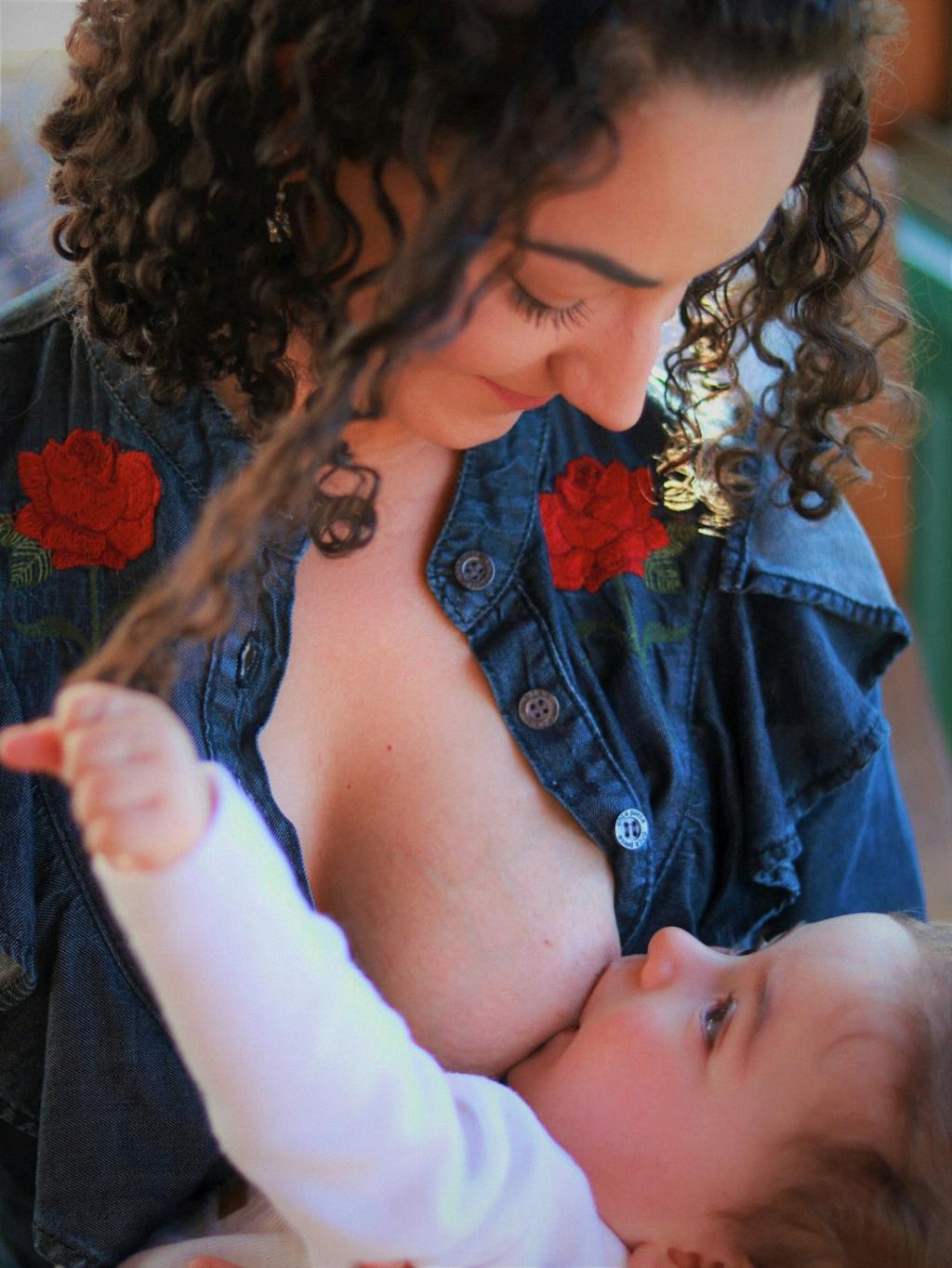When it comes to the duration of breastfeeding, it’s essential to consider the recommendations provided by leading health organizations such as the American Academy of Pediatrics and the World Health Organization. These institutions suggest exclusive breastfeeding for approximately the first 6 months of a baby’s life. During this period, breast milk provides crucial nutrients and antibodies that support the infant’s growth and development.
Beyond the initial 6 months, the journey of breastfeeding doesn’t necessarily come to an end. In fact, both the AAP and WHO advocate for continued breastfeeding while introducing suitable complementary foods for up to 2 years of age or even longer. This extended period of breastfeeding contributes significantly to the child’s overall health and well-being.
It’s important to acknowledge that the decision on how long to breastfeed is a personal one that varies for each mother and child. While some may choose to follow the recommended guidelines and nurse their child for up to 2 years, others may opt for a shorter duration based on their individual circumstances and preferences.
Factors such as maternal health, infant development, and lifestyle considerations can all play a role in determining the duration of breastfeeding. Mothers should feel empowered to make an informed decision that aligns with both their and their child’s needs.
Extended breastfeeding beyond 6 months has been linked to numerous health benefits for both the child and the mother. Breast milk continues to provide essential nutrients, immune support, and emotional bonding throughout the extended breastfeeding period.
For mothers, breastfeeding can also offer various advantages, including a reduced risk of certain cancers, improved postpartum recovery, and enhanced maternal-infant bonding. The act of nursing creates a unique and special connection between mother and child that goes beyond nutritional benefits.
Support from healthcare providers, lactation consultants, and community resources can be invaluable for mothers who choose to breastfeed beyond the first 6 months. These individuals can offer guidance, assistance, and encouragement to help mothers navigate the challenges and joys of extended breastfeeding.
It’s worth noting that cultural norms, societal perceptions, and workplace policies can sometimes impact a mother’s decision regarding the duration of breastfeeding. Creating a supportive environment that values and promotes breastfeeding can play a significant role in encouraging mothers to continue nursing for an extended period.
Ultimately, the average duration of breastfeeding can vary widely among different mothers and children. While the AAP and WHO provide guidelines on exclusive breastfeeding for the first 6 months and continued breastfeeding for up to 2 years, the actual duration is ultimately determined by individual circumstances and preferences.
Regardless of the specific duration chosen, the act of breastfeeding embodies a profound act of love, care, and nourishment between a mother and her child. It’s a unique and irreplaceable experience that holds immense value for both physical and emotional well-being.
As mothers embark on their breastfeeding journey, they should approach the experience with an open mind, a supportive network, and a deep understanding of the benefits associated with nourishing their child through breastfeeding. Every moment spent breastfeeding is a gift that fosters a lifelong bond between mother and child.

